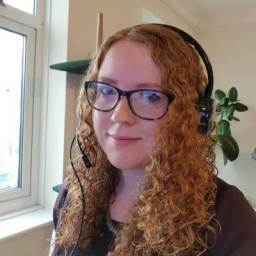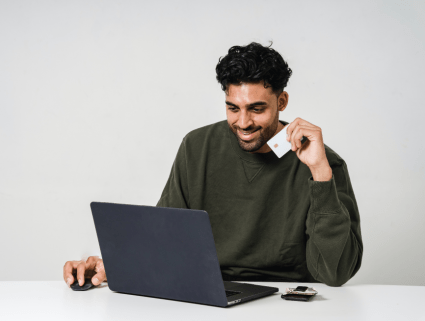Some website visitors come at a price. Whether it’s through PPC, social media ads, or Google Shopping (to name a few), it’s a good idea to optimize and target the website experience for your paid traffic in order to maximize return on advertising spend (ROAS). If you’re not optimizing the experience for these visitors, your website becomes a leaky bucket with wasted ad spend spilling out of countless holes, increasing your cost per acquisition (CPA) and/or compromising your ROAS.
With Fresh Relevance, you can identify this traffic and personalize the experience to their specific needs, from aligning onsite marketing to the relevant inbound campaign to personalizing based on initial search engine keywords.
Keep reading to find out how to convert paid traffic with personalization. We’ll cover several ways to optimize and target the customer experience for your paid traffic.
Let’s get started.
1) Personalizing based on search terms
By exposing the search term in your ad url, you can then personalize the experience throughout that customer’s journey. For example, if a shopper searches Google for women’s snowboard boots and comes through to your website, you could continue to recommend products based on their initial search term, rather than based on previous browse behavior, which may sit cross-category.

2) Show, repress or personalize offers based on source
By identifying if a visitor came from a paid traffic source, you can show or repress marketing messages. For example, perhaps you only want to offer your organic traffic a discount code, or you want to offer different levels of discount depending on the source.

3) Continue your inbound campaign past the landing page
You might already be personalizing your landing pages for a particular campaign, but what happens when they click to another page?
With a tool like Fresh Relevance, you can personalize the experience based on inbound campaigns past the landing page to give these shoppers a targeted experience throughout their journey.
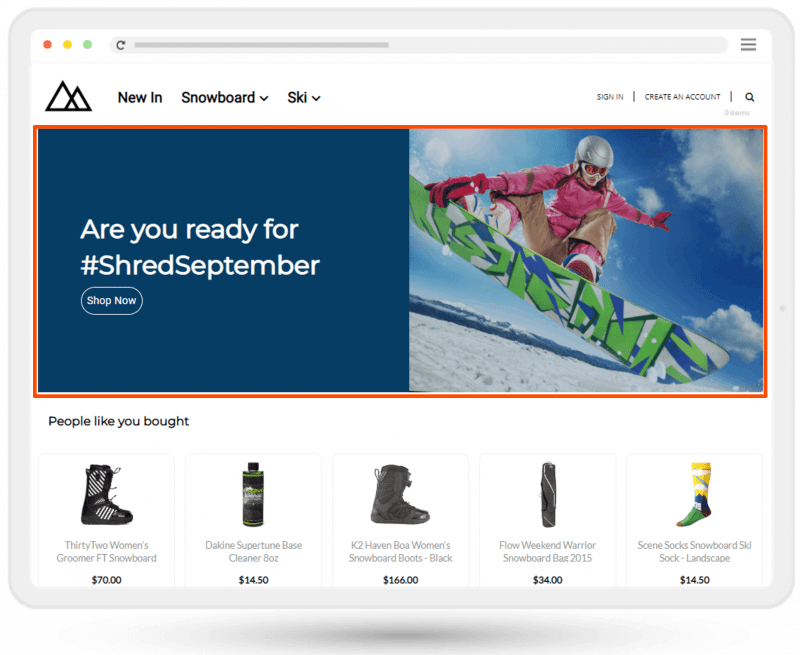
4) Deliver important messages for those skipping your homepage
Depending on your setup, you might find that most of your paid traffic lands directly on product or informational pages of your website, bypassing your homepage.
As your virtual shop window, homepages are often the focus for marketing messages. But are you delivering that message for those bypassing this touchpoint? Are sales or promotions emphasized enough on all of your landing pages?
Consider using slimline banners or fixed delay popovers to deliver these all-important messages to these website visitors.
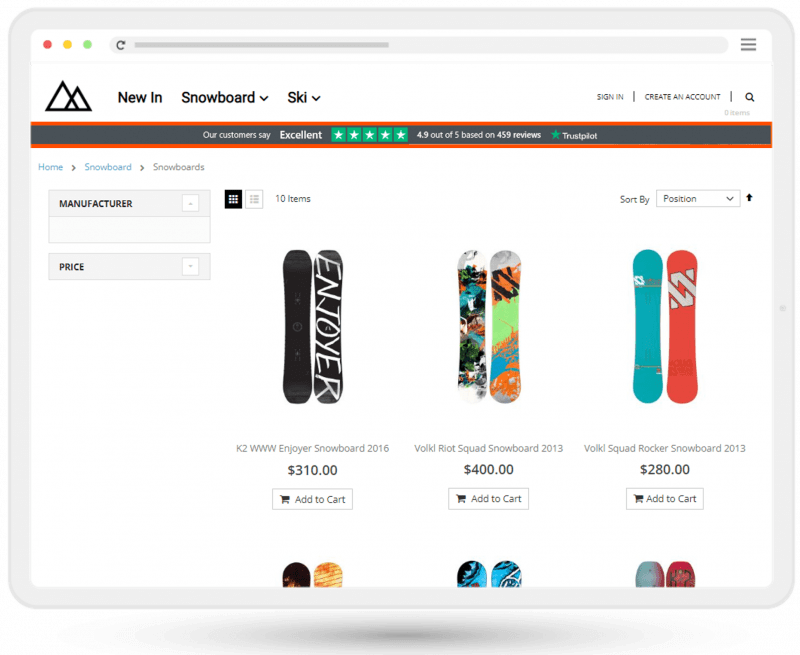
5) Prevent paid traffic bouncing
For serial Google Shopping users, the journey can often be inbound to a product page, and an immediate bounce back to the search engine results page (SERP) if the right product isn’t right for them. This means the shopper misses out on any alternative products that you have to offer.
To combat this, try displaying a popover with recommendations for similar products after a fixed delay or on exit intent to showcase your relevant product range and keep these shoppers on your site.

Visitors that land directly on your product pages are also more likely to bounce if there aren’t any relevant backlinks to your category pages.
Imagine you land on a product page of a superstore’s website, for example. You’re looking to buy a trampoline but the one you’ve selected isn’t the right size. This superstore sells everything, so if the only link you can see is to the homepage your path to view other trampolines is too long and you’re likely to bounce back to Google Shopping to continue your search there.
Now imagine that there are in-page banners driving backlinks to category pages, or a popover that triggers on exit intent which entices you to that category page. Your journey to seeing the full range of trampolines is quicker and more convenient, meaning you are more likely to stick around and keep browsing.
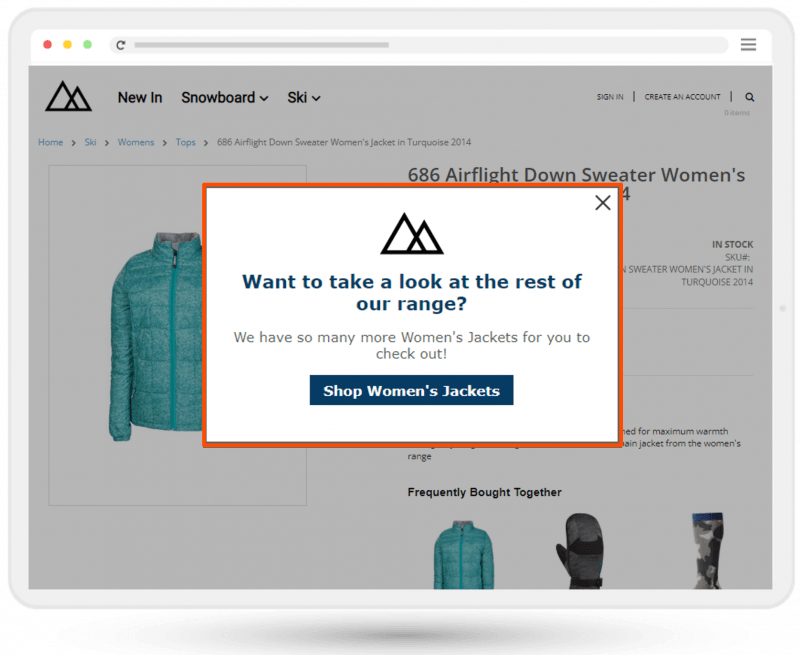
6) Prevent cart abandonment
Preventing cart abandonment is important regardless of traffic source, but for paid traffic the loss is even greater.
Try implementing a cart abandonment popover on exit intent to recover this lost revenue. You can offer to take the shopper back to the cart page to complete their purchase, or ask them to sign up for a reminder email. Any paid traffic should be converted to email subscribers ASAP so that they can be re-engaged without paying for them again with more PPC ads, for example, and this is a great opportunity to do just that.

Final thoughts
By optimizing and targeting the customer experience for your paid traffic in the ways discussed, you’ll be able to make your acquisition budget work harder and maximize your ROAS.
To learn more about how Fresh Relevance can empower you to convert paid traffic with personalization, book a demo today.

